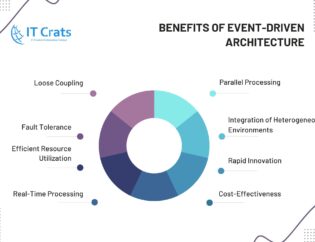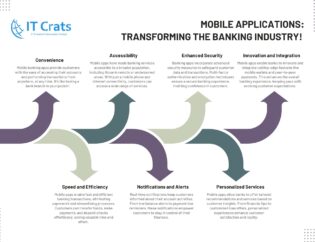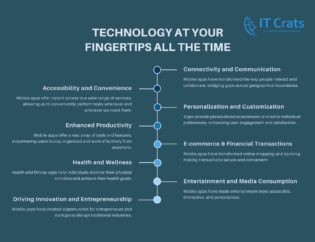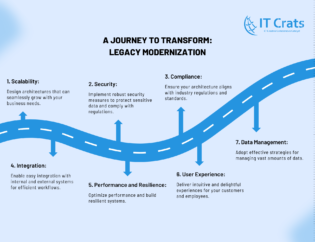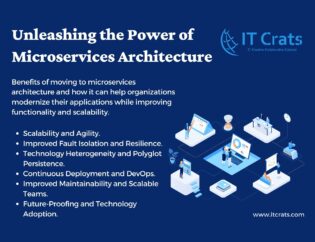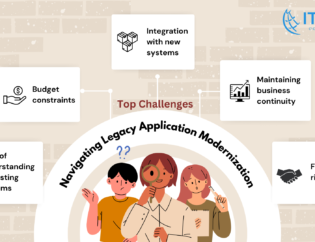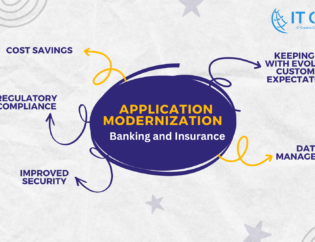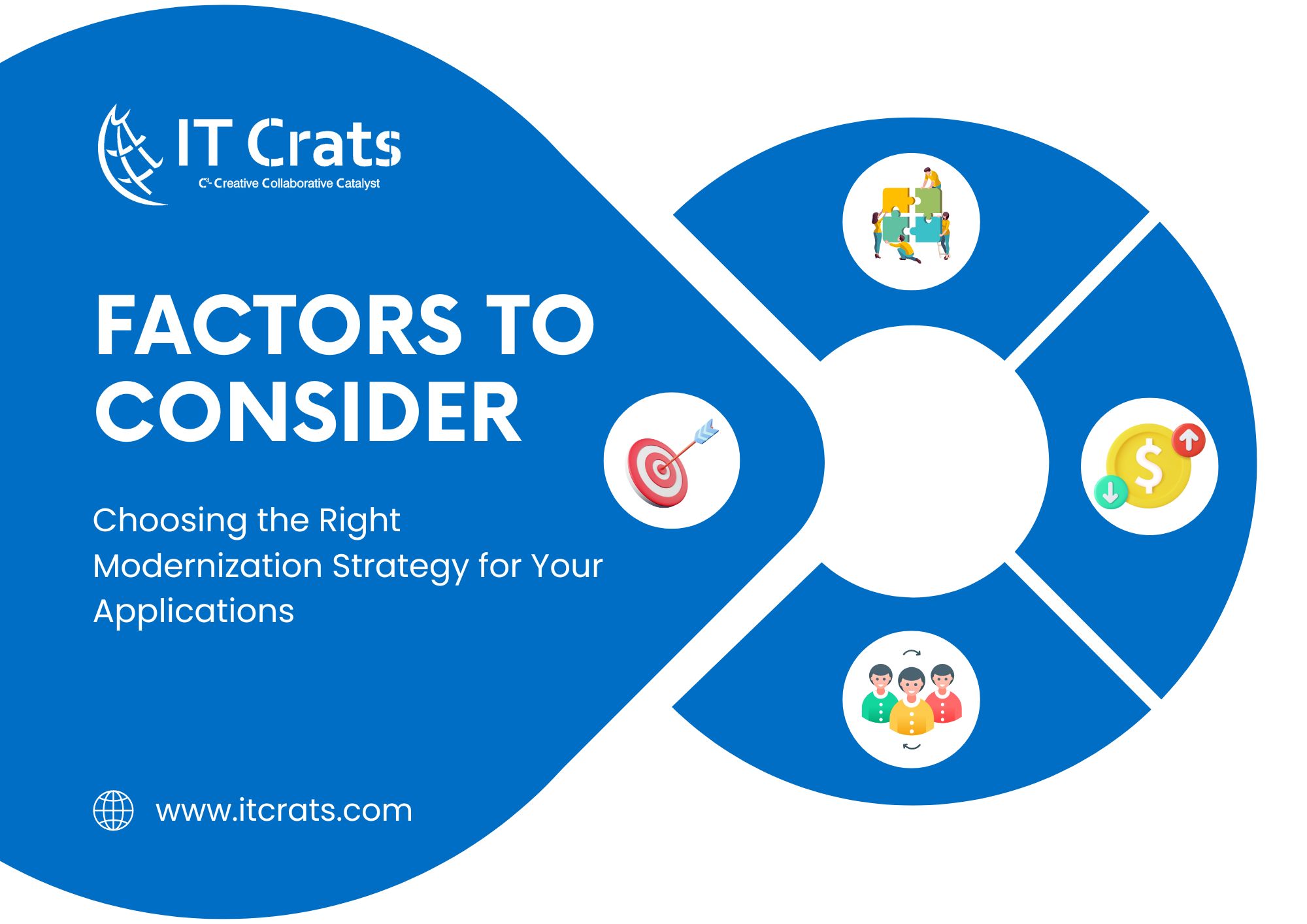
Application modernization is a critical step for businesses to keep up with evolving technologies and maintain a competitive edge in the market. However, finding the right modernization strategy involves thoughtful consideration of various factors. In this article, we will explore different modernization strategies and share real-world examples that illustrate each approach. Let’s dive in!
Lift and Shift (Rehosting) : Lift and shift involves migrating applications to the cloud without making significant changes to the underlying architecture. This strategy is suitable when the existing design of an application is stable and doesn’t require extensive modifications.
Use Case: Imagine a retail company with an on-premises e-commerce application. By rehosting the application to a cloud infrastructure like AWS or Azure, the company can benefit from scalability, cost optimization, and improved availability without disrupting the application’s core functionality.
Refactoring (Re-architecting) : Refactoring entails making changes to the application’s code and architecture to fully leverage cloud-native capabilities. This strategy is ideal for applications that require scalability, agility, and enhanced resilience.
Use Case: Consider an online media streaming platform with a monolithic application. By refactoring the application into microservices using containerization platforms like Docker and orchestration tools like Kubernetes, the platform can achieve independent scalability, improved fault tolerance, and faster feature delivery.
Rebuilding : Rebuilding involves reconstructing applications from scratch using modern development frameworks and cloud-native services. This strategy is suitable for applications with complex architectures, substantial technical debt, or those requiring significant feature enhancements.
Use Case: Let’s say a healthcare organization has a legacy patient management system. By rebuilding the system using modern web frameworks like React or Angular and deploying it on a serverless infrastructure like AWS Lambda, the organization can benefit from improved scalability, reduced maintenance, and an enhanced user experience.
Replace : In some cases, it may be more practical to replace an existing application with a commercial off-the-shelf (COTS) solution or a software-as-a-service (SaaS) offering. This strategy is suitable when the existing application no longer meets business requirements or when the benefits of modernization are outweighed by the efforts involved.
Use Case: Consider a customer relationship management (CRM) system. Instead of modernizing a legacy CRM, a company may opt to replace it with a cloud-based CRM solution like Salesforce or HubSpot to leverage advanced features, integrations, and scalability.
Factors to Consider :
1️⃣ Business Goals: Align your modernization strategy with your organization’s overall business objectives and long-term vision.
2️⃣ Application Complexity: Assess the complexity of your application’s architecture, dependencies, and integrations to determine the feasibility of different modernization approaches.
3️⃣ Time and Cost: Evaluate the time, resources, and budget available for modernization and choose a strategy that offers the best balance between effort and impact.
4️⃣ Skills and Resources: Consider the skills and resources available within your organization to effectively execute the chosen modernization strategy.
In conclusion : Selecting the right modernization strategy requires careful analysis of your application’s specific requirements and your organization’s goals. By choosing the appropriate approach, businesses can unlock the full potential of their applications, improve operational efficiency, and deliver enhanced user experiences. Embrace modernization and embrace success!
Want to plan a strategy for modernization, please drop us an email at “hi@itcrats.com”


